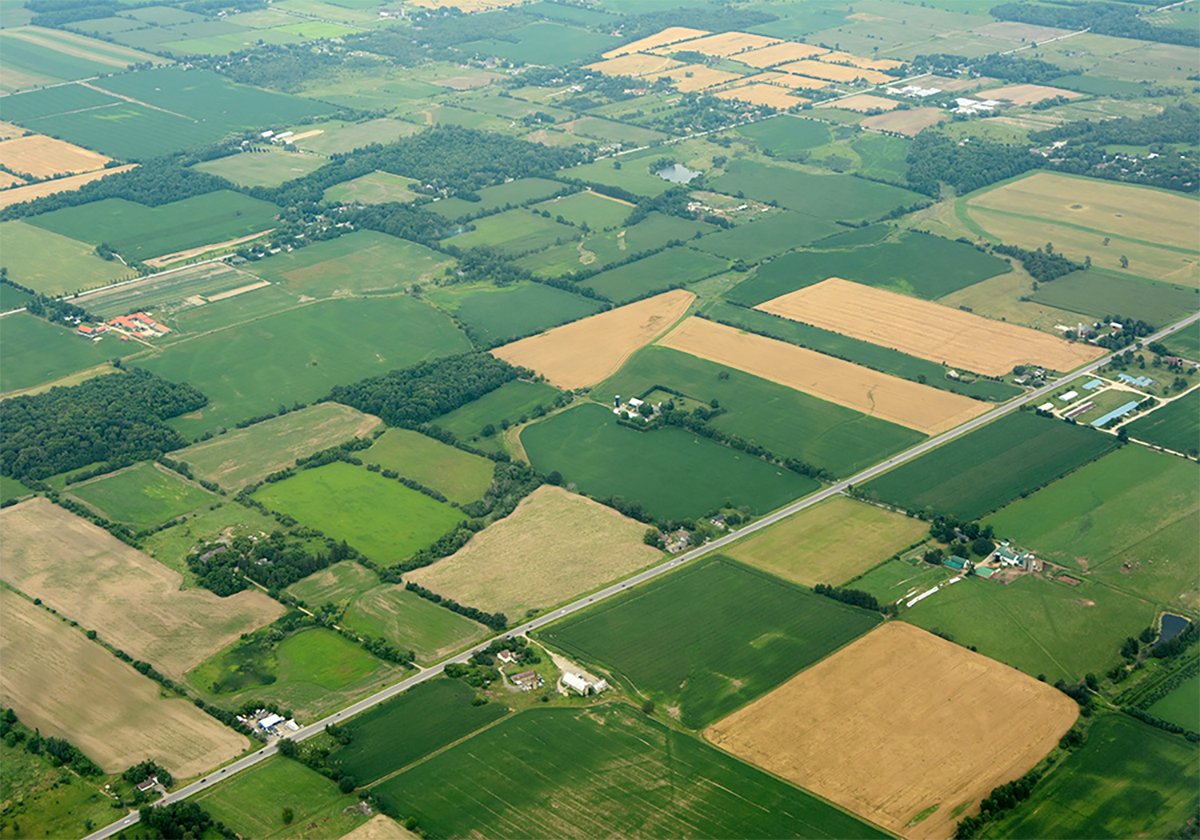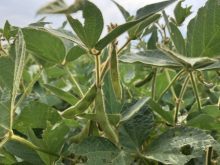An effective prevention for frothy bloat has just come onto the market.
Alfasure could have big implications for producers who want their cattle to graze alfalfa and other legumes.
In the past, producers have been reluctant to plant and graze alfalfa because of the losses encountered with frothy bloat.
Mortality on grazing alfalfa can be as high as 10 percent, but Alfasure can reduce it to almost zero. In Alberta trials, controls had an almost 40 percent incidence of bloat while cattle medicated with Alfasure were at zero.
Read Also

Higher farmland taxes for investors could solve two problems
The highest education and health care land tax would be for landlords, including investment companies, with no family ties to the land.
Rafter 8 is the distributor of the product, which is similar to
Blocare, a popular bloat preventative in New Zealand. You can get more information about it from your veterinarian, but here are the highlights.
The product is administered through drinking water, ensuring all animals, including young calves, consume it daily.
Producers must ensure no other water source is available. This may require fencing to eliminate access to springs, sloughs and dugouts.
Alfasure is an antifoaming agent and is almost 100 percent effective when administered at a dosage of six to 20 millilitres, depending on weight and the risk of bloat. It can also be used as a bloat treatment by giving 30 mL in 200 mL water.
To be cautious, it is best to start cattle on Alfasure for 48 hours
before introducing them to a bloat-risk situation.
Continue medicating as long as the risk is present. The medication contains a dye to help producers know if it has adequately mixed in the tank or watering bowl. Once mixed in water, it always stays in suspension.
Several methods of mixing have been tried.
Large watering tanks can be mixed as they are filled. Good charts are available to predict water consumption so amounts can be easily calculated.
A good rule of thumb is that daily water consumption will be roughly 10 percent of body weight.
Therefore, a 1,000 pound animal will consume about 100 lb. of water, or 10 gallons.
Keep in mind that summer consumption will be slightly higher than average and winter consumption slightly lower.
Large tanker trucks that can be moved to different locations are another option. The entire tank can be mixed and then gravity fed into watering tanks and bowls.
Many producers now use solar powered pumps, wind pumps and nose pumps to water cattle from dugouts and other water bodies. Several prototypes are being developed to accurately dispense Alfasure directly into the water line as pumping occurs. Most of these are based on a venturi effect, in which the appropriate amount of product is dispensed for every gallon that flows by.
If an economical, simple system could be developed, this would work well with pumps now on the market.
Alfasure will cost about 15 to 25 cents per day, but should gain wide acceptance based on reliability and the extra gains realized with grazing alfalfa.
However, veterinarians will have to fine tune water consumption, taking into account ambient temperature and the feed source.
For example, lush alfalfa bloat risk is highest after a good rain and yet water consumption may be low because the cattle are getting more moisture from the feed source. As a result, dosage would need to be increased slightly.
Several strategies have developed over the years to reduce bloat. Some have concentrated on alfalfa varieties with lower bloat incidence but also lower yields. Other legume species, such as sanfoin, also have low bloat risk, but again production or hardiness is limited.
Ionophores such as rumensin will help reduce bloat, which is why a bolus containing rumensin was developed. It dispenses a set amount of rumensin daily over a 90-day feeding period. It has been found to be about 80 percent effective in preventing bloat. It may be the right choice, if you can’t restrict your cattle to one source of water. The disadvantage is the amount of labour needed to administer the boluses. They also commit producers to the whole treatment period. Effectiveness is 80 percent and some deaths occur compared to Alfasure’s almost 100 percent security.
I’m convinced that if we master a way to dispense this new product effectively, it may revolutionize the way cattle are pastured in Western Canada.
By using high-yielding varieties of alfalfa and rotational grazing, stocking densities of pastures can be increased and tremendous weight gains realized. Second or third cuts not worth harvesting can be better graze.
If you want to pasture alfalfa this summer, give this product a look. Use it first as a bloat treatment
before deciding.
Roy Lewis is a veterinarian practising in Westlock, Alta.














